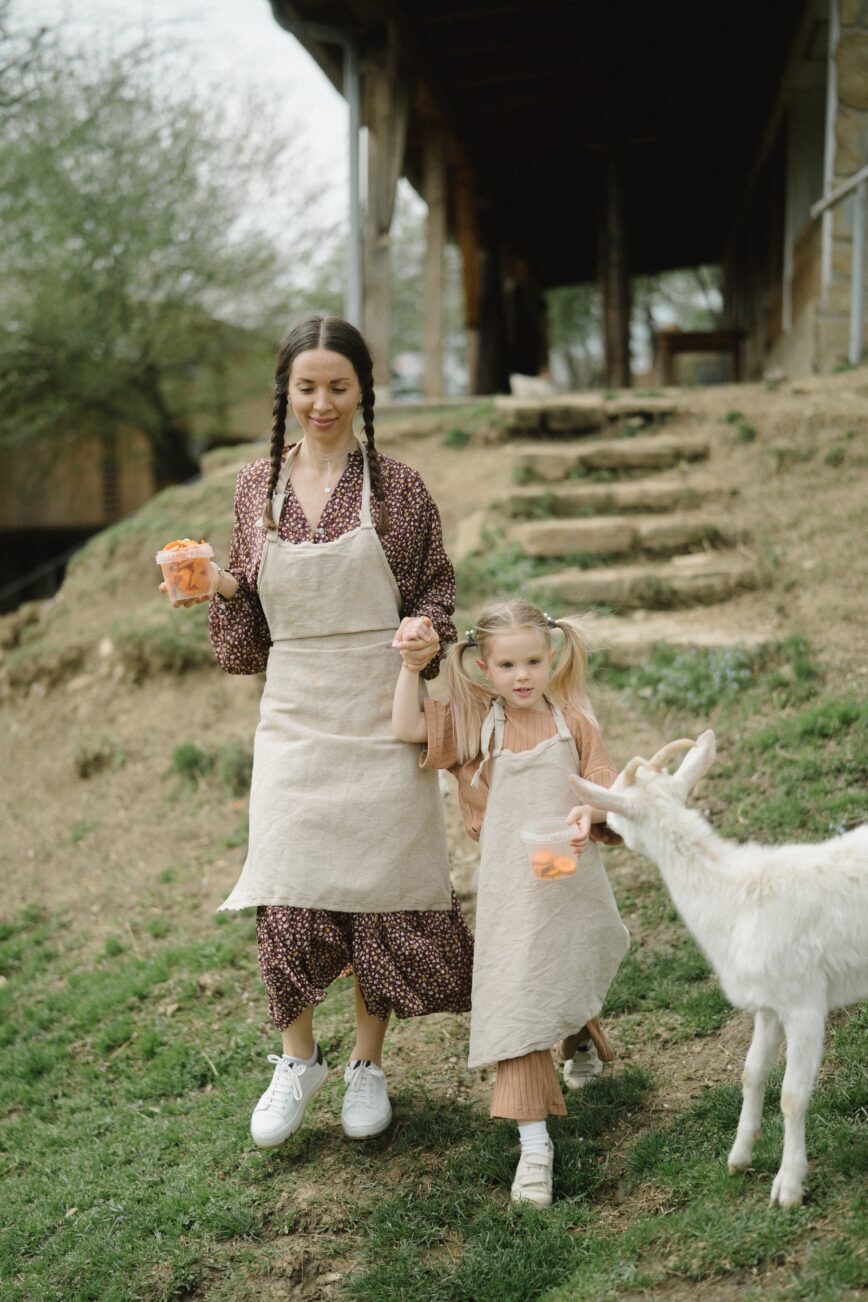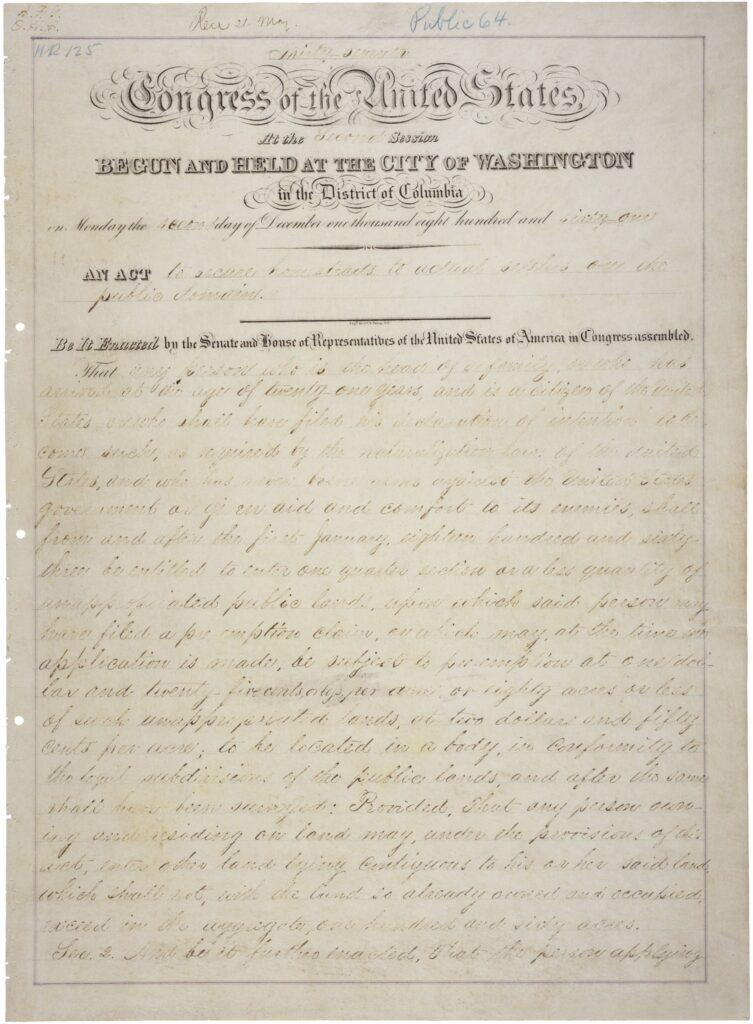
Since the young age of six I started to visit my families native land of Costa Rica. For the first time in my life, I began to understand the deep roots that my family has in agriculture, ‘homesteading’, farm life, and sustainable living. Growing up in the United States, in a large city (Washington D.C. metropolitan area), separated me from what my ancestral lifestyle was rooted in. Surprisingly to my young teenage self- moving anywhere outside of the DMV and into rural America, you find a lot of the types of communities that are formed in places like my native Costa Rica.
In Most of Upstate New York, for example, you will find farms, and small towns where people grow their food for a large portion of the year and even sell their extra produce in the local farmers markets. Similarly, in the West, you will find a lot of the same type of lifestyle. Large and small farms, both conventional and organic. However, the ones that stand out the most, are homesteads. Homesteading is when land is used for the purpose of self-sufficient survival, and usually consists of growing or raising the resources needed to withstand. Not always created for the purpose to gain a profit- but instead heavily focused on the needs of the home.
I did a little research and found that the deep history rooted in American homesteading explains a lot of the culture that we see today, especially in the West. “Digging Down to Our Roots: The History of Homesteading,” by Julie Stonefelt, outlines the timeline of how homesteading is at the birthplace of many places in the United States, especially due to the Homesteading Act of 1862. The Act initiated the expansion of unsettled land, where the federal government granted U.S citizens 160 acres of land with the understanding that they would improve and live on the land. After a five-year period of growing on these lands, the grantees were then declared owners of the properties.

The culture and rise of self-sufficient living have come in waves during several crucial times in U.S. history. Some including the Civil war, the great depression, the migration of Irish immigrants, and more recently the coronavirus pandemic in 2020. There is nothing new under the sun here, but now we see a new generation of homesteaders entering the American homesteading culture- and I am here for it! Even though it is in part due to a realization that American society is broken economically, and socially, it is bringing awareness to the possibilities of organic food systems, and a life with more connectiveness.
On Pinterest alone there are hundreds of blogs and users that engage with this content and write about their lives as homesteaders and homemakers. They grow their own food, sometimes they have chickens and goats for dairy products, and many use these resources to make their own processed foods like bread, and wine. It’s a lifestyle where they are working around the clock so that they can reap all the benefits of not having to go to a mainstream grocery store. It may seem like a lot of work but usually, this also comes with a lot of company and help.
Take blogger Sarita Harbour from, Off Grid Life. She has been living off the grid for over 10 years and does it with her Husband and two daughters. She provides resources and education on her website based on her experience with of how her family was able to learn about homesteading, gardening, water supply, and so much more. She made what she thought was the impossible, possible, and disconnected herself from relying on conventional supply chains. Not only do homesteaders not have to rely on supply chain shortages or any type of reliance from big companies that supply most cities food, but there are also health benefits that are enjoyed by all who choose to adapt this self-sufficient lifestyle.
Although I haven’t been able to find substantial research backed by science and data (I’ll keep looking though), what I did find, were many homesteaders eager to share how their experiences of living off the land has allowed them to live healthier lifestyles. Erin from, “The Tanne Hill Homestead, Paulo Nicolaides, from Self Sufficient Homesteading, and Kathi, from Oakhill Homestead, are just a few that say exercise is a huge plus of working from home. As many Americans sit at a desk all day, these homesteaders are constantly moving their bodies tending to their crops. They immediately notice a better quality of life because of their constant movement.
It turns out that homesteading is so much more than “healthy lifestyle aesthetics” and pretty pictures all over social media. There is an actual pleasure and, in many ways, even a spiritual awakening that occurs when you are working to harvest the fruit earned only by hard consistent labor. There are no short cuts in farming and gardening, only strategic processes that allow the fruit to grow and ripen. If you ask me there is much to admire about those dedicated to their craft with the land.
“Lazy people don’t even cook the game they catch, but the diligent make use of everything they find.”
Proverbs 12:27
Would you ever start a homestead for your family or community?
I’d love to hear your thoughts on this alternative lifestyle that was once the norm in American society and might be making a huge comeback. Feel free to leave a comment down below. We would love to hear your thoughts.


